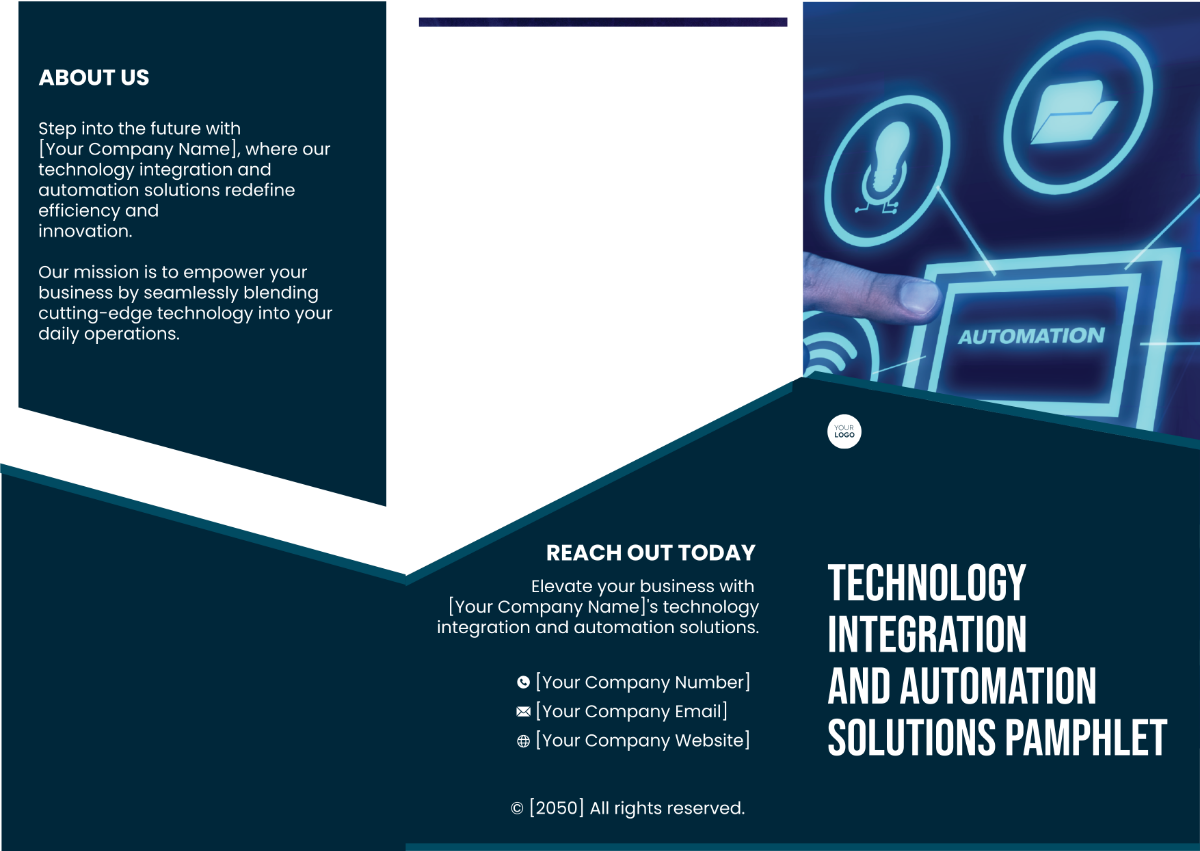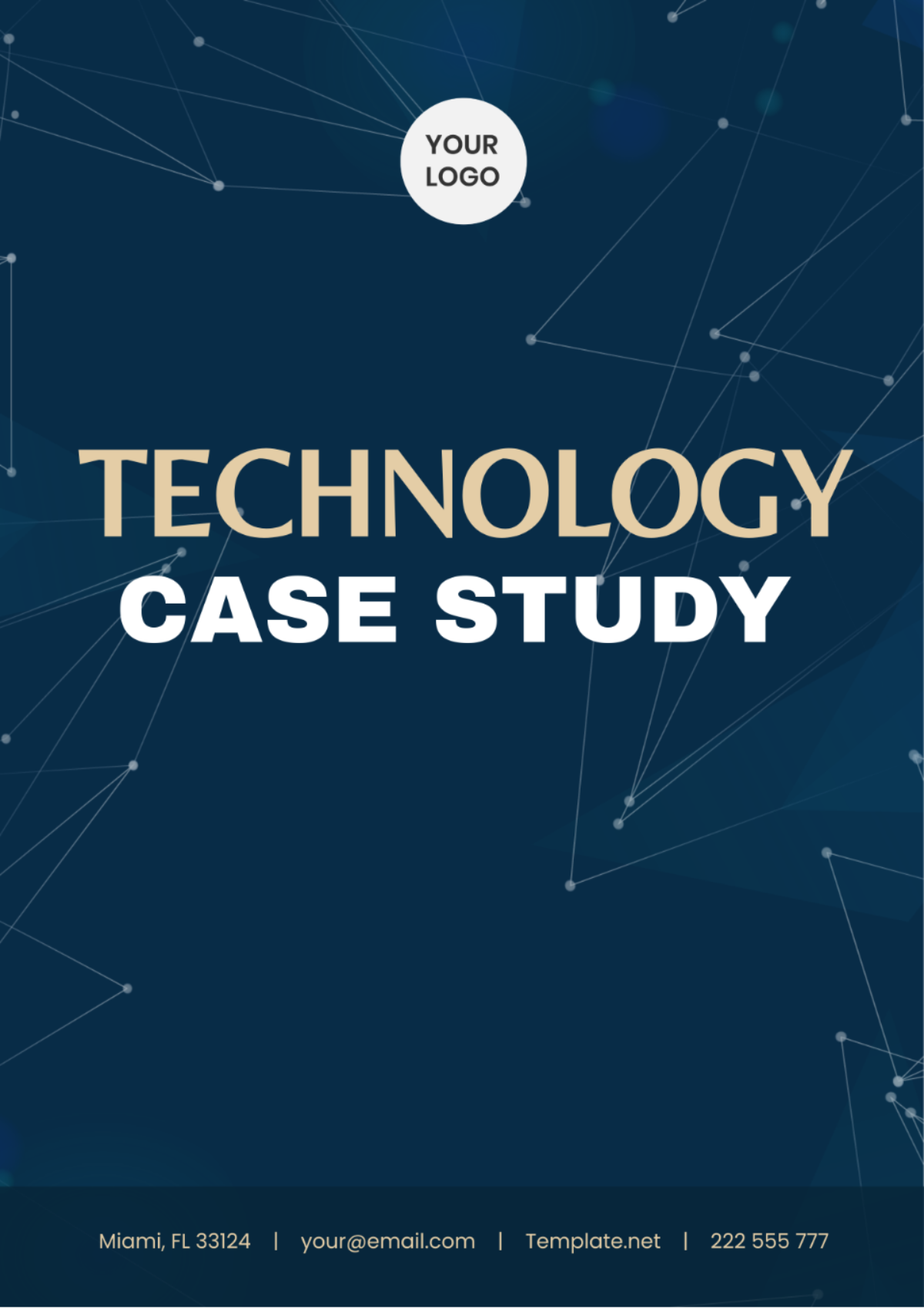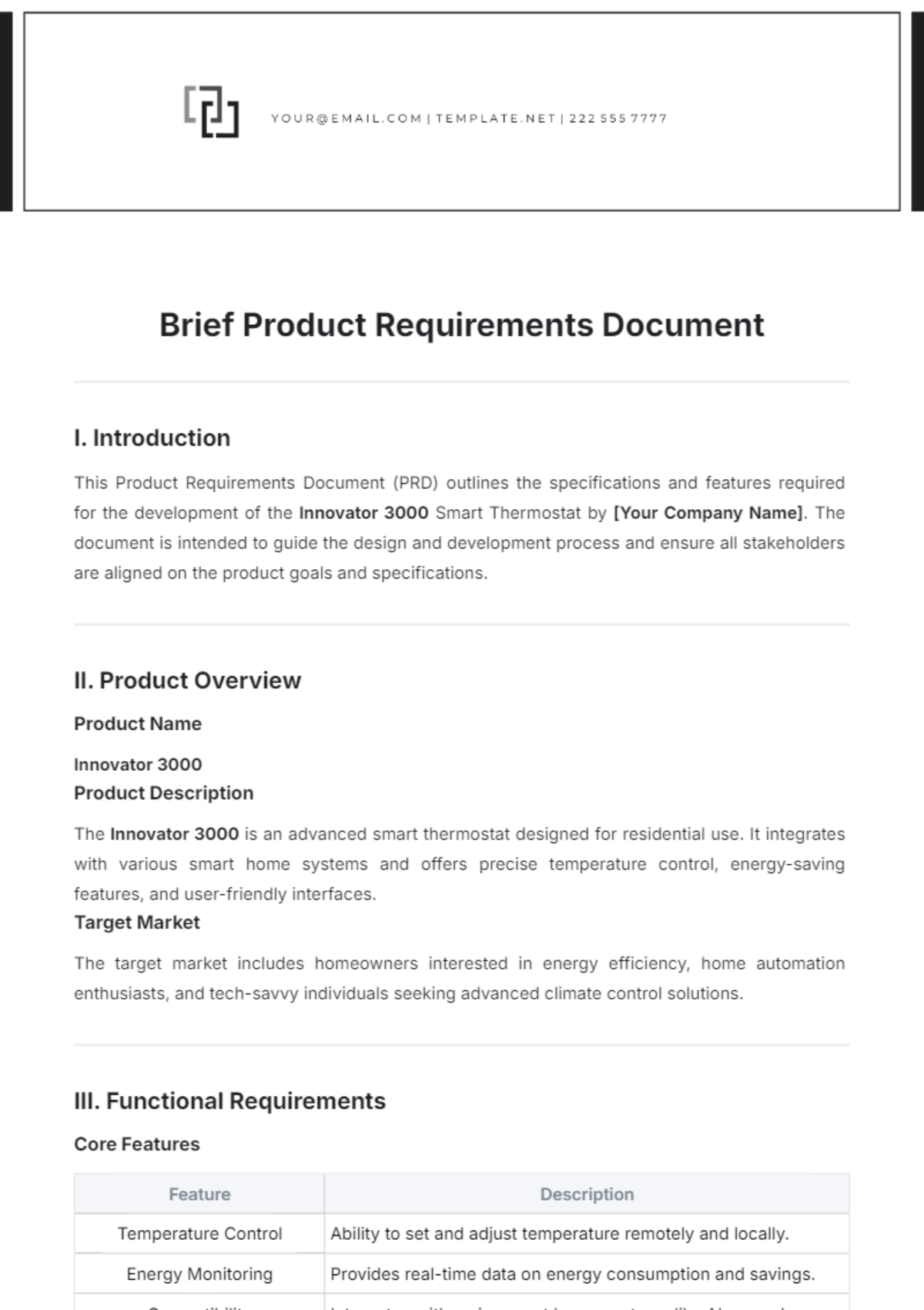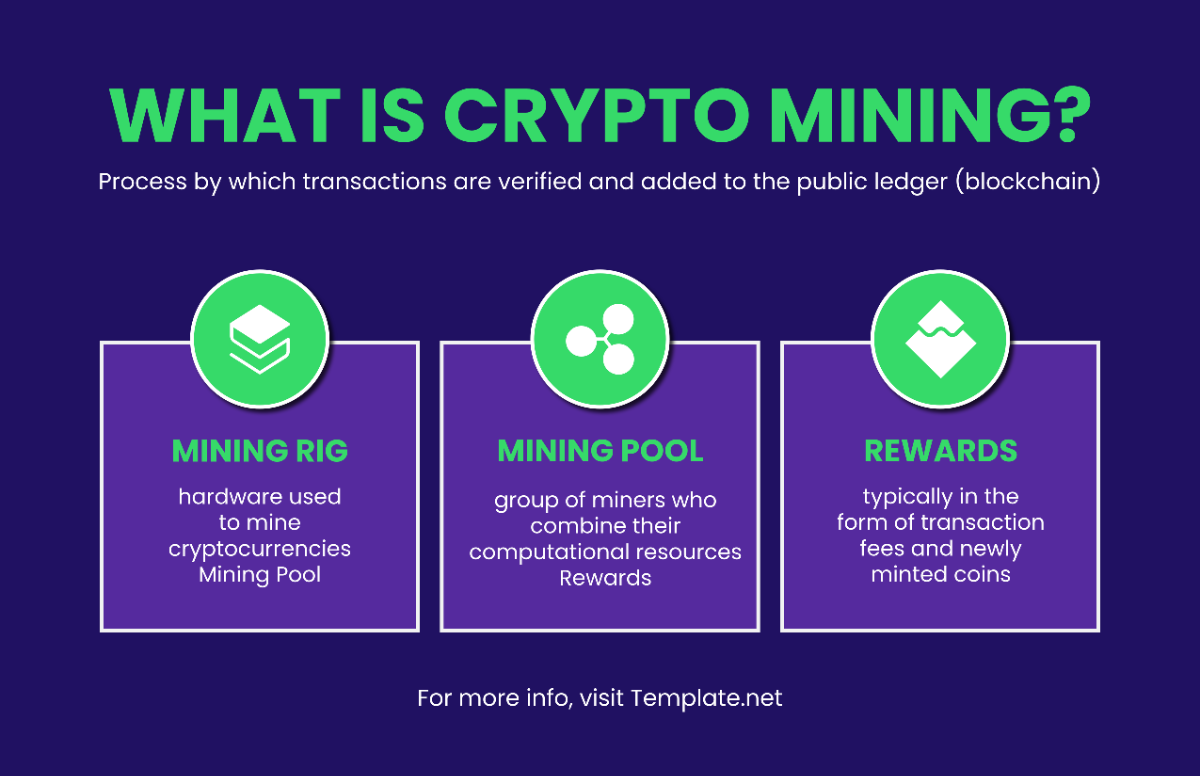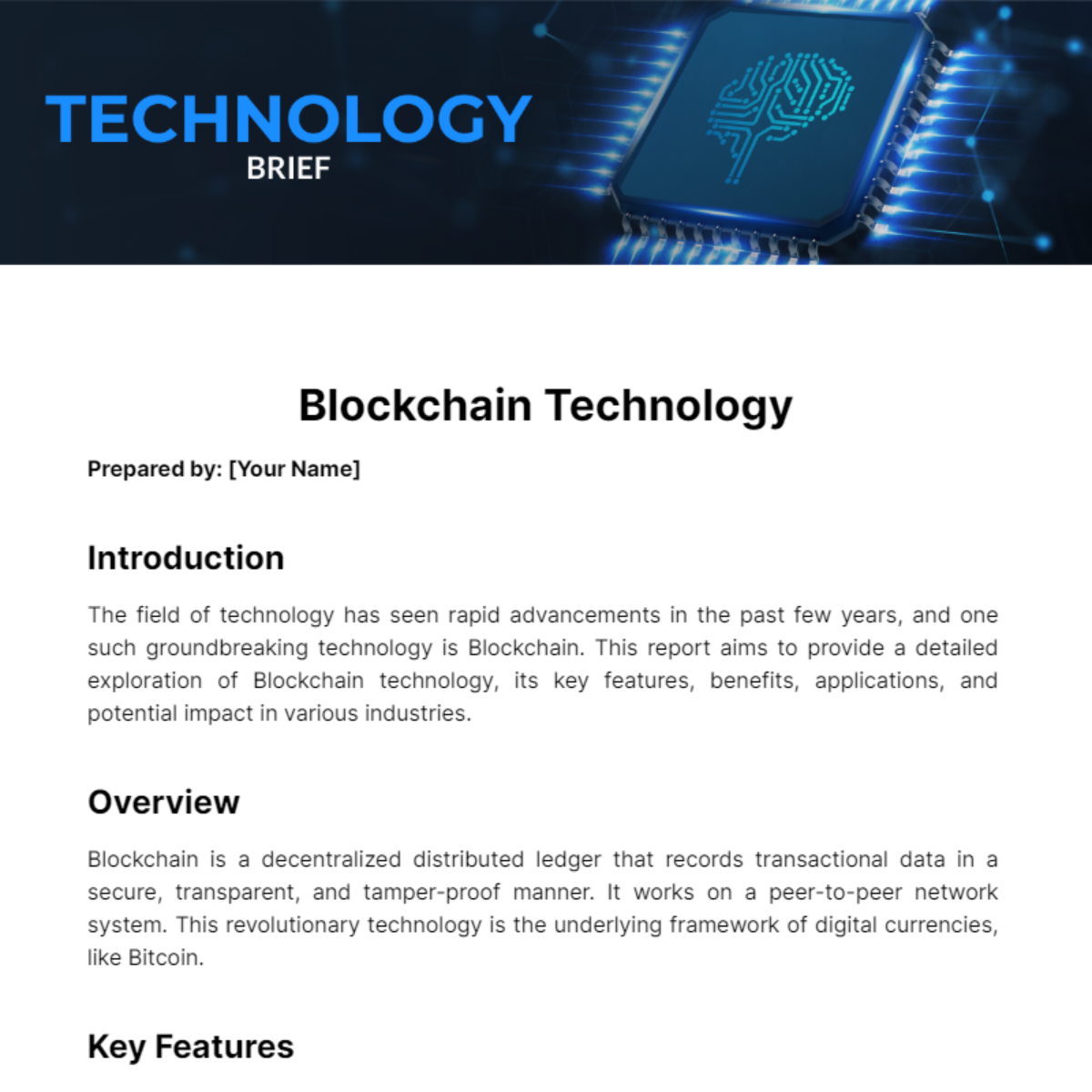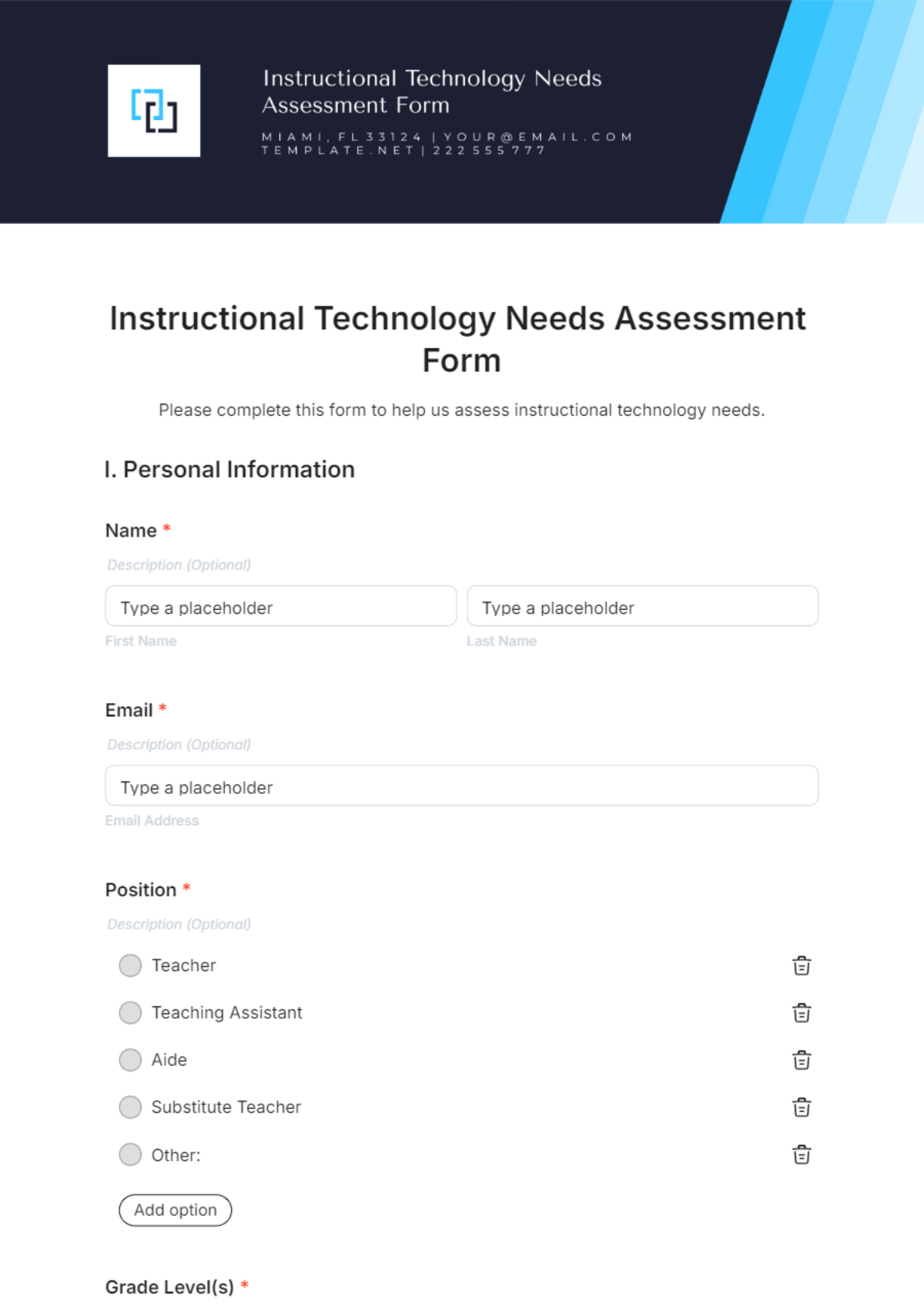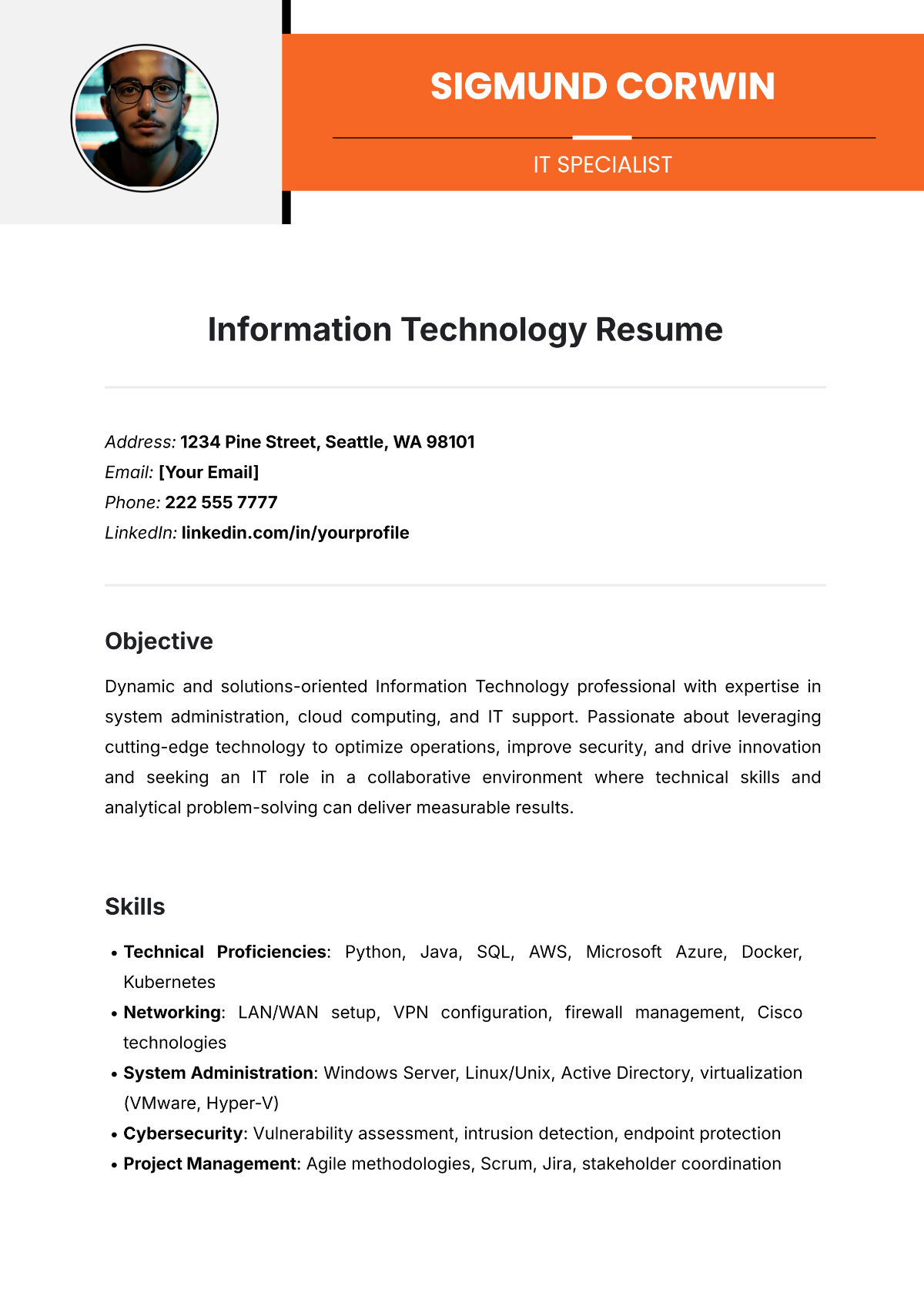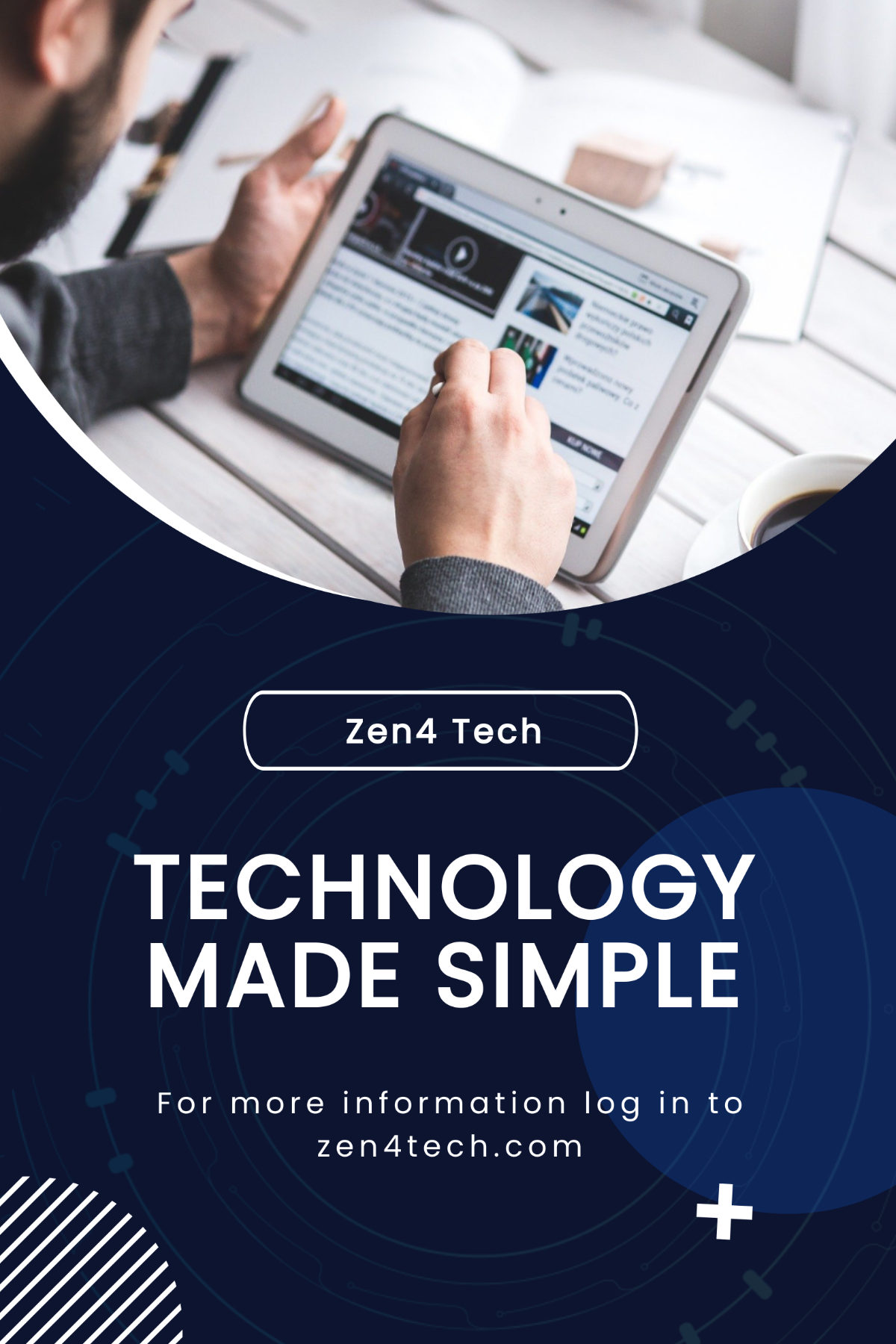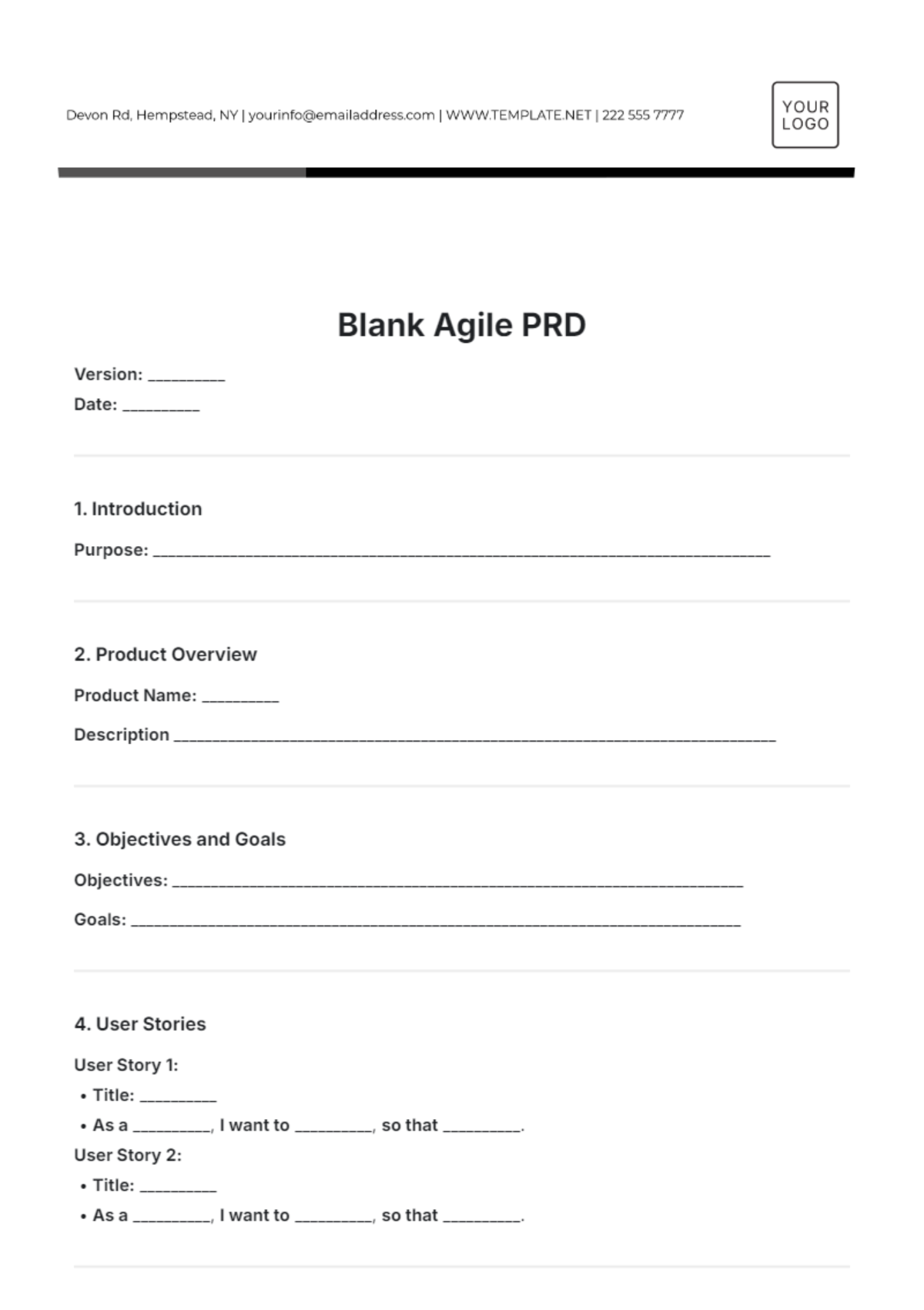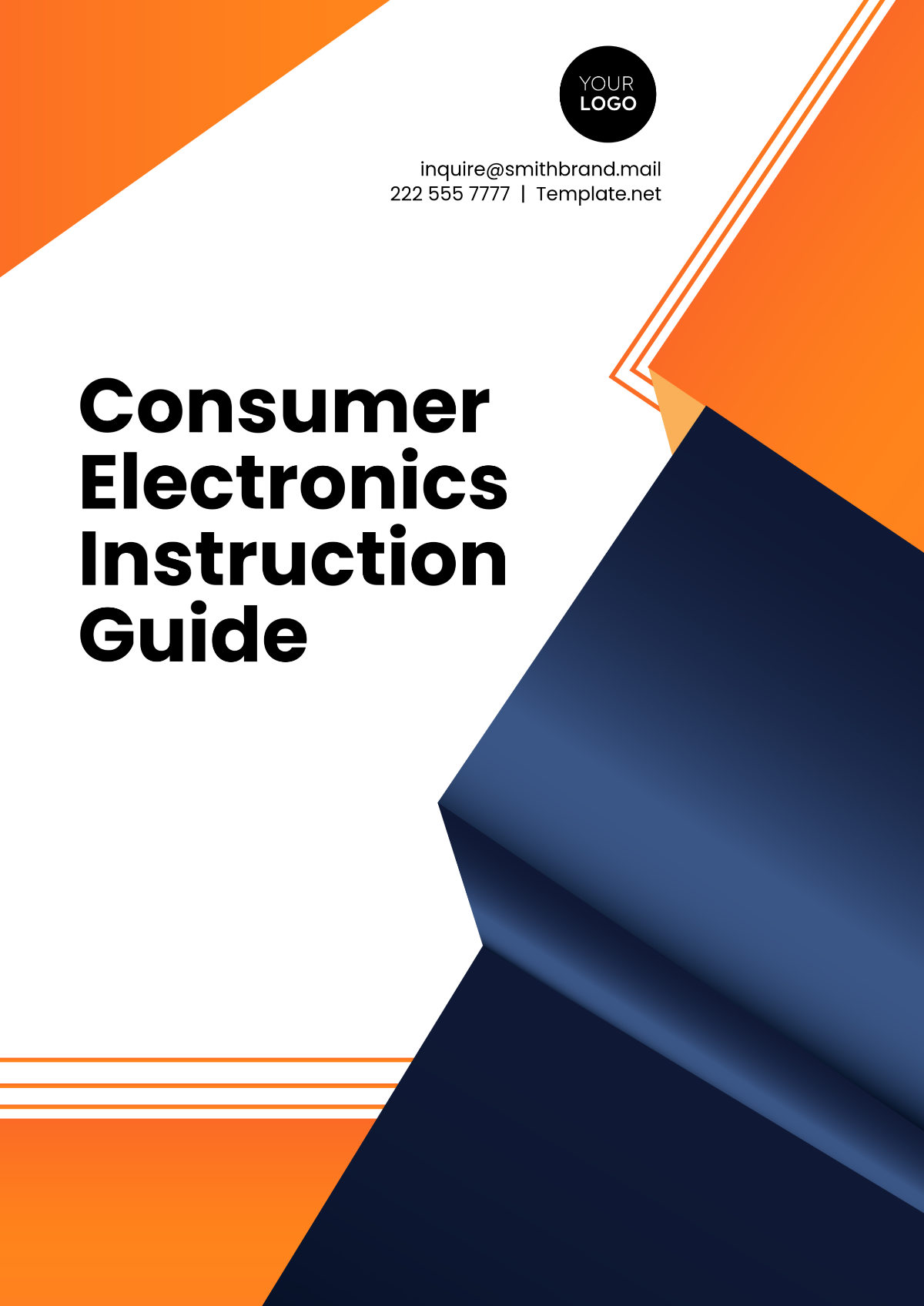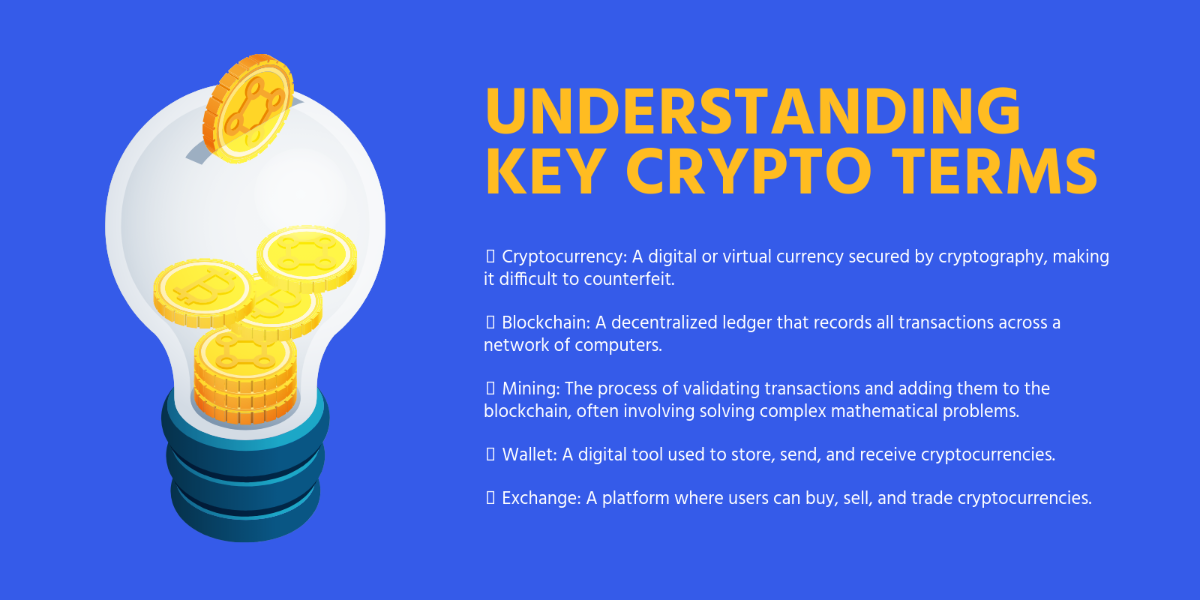Standard Use Case
Prepared by: [YOUR NAME]
I. Actors
Customer: The individual who searches for, selects, and purchases books.
Payment Gateway: The service that processes the payment transactions.
Inventory System: The system that manages book stock levels.
Shipping Service: The service responsible for delivering the book to the customer.
II. Main Success Scenario
Customer searches for a book:
The customer uses the search functionality on the website or app to find a specific book.
Customer selects a book and adds it to the cart:
The customer views the book details and adds the book to their virtual shopping cart.
Customer proceeds to checkout:
The customer initiates the checkout process by navigating to the cart and choosing to complete the purchase.
Customer enters shipping information:
The customer provides their shipping address and contact details for delivery.
Customer chooses a payment method and completes the payment:
The customer selects a preferred payment method (e.g., credit card, PayPal) and enters payment details.
Payment Gateway processes the transaction and confirms the payment:
The payment gateway verifies and processes the payment. Once successful, it confirms the transaction.
Inventory System updates the stock:
The inventory system deducts the purchased book from the available stock.
Shipping Service receives the order information:
The shipping service gets the details of the order and prepares it for delivery.
Customer receives an order confirmation:
The customer receives a confirmation message or email with the details of their purchase and estimated delivery date.
III. Extensions
Step | Branching Action | Outcome |
|---|---|---|
1 | Book not found: System informs customer and suggests similar or related books. | Customer is presented with alternatives or guided to refine search. |
2 | Selection issue: Issue with adding the book to the cart; system informs customer and prompts action. | Customer resolves issue or selects a different book. |
3 | Item not available: System informs customer and suggests alternatives or notifies availability status. | Customer decides to wait, choose an alternative, or cancel order. |
4 | Shipping information issue: System prompts customer to correct or complete shipping details. | Customer updates details and continues checkout. |
5 | Invalid payment details: System prompts customer to re-enter payment information. | Customer corrects payment details and retries transaction. |
6 | Payment fails: System informs customer of failure and allows choosing another payment method or retrying. | Customer resolves payment issue and completes transaction. |
7 | Inventory update issue: System informs customer of problem and attempts to rectify it. | Inventory updates once issue is resolved, or customer is informed of delay. |
8 | Shipping issue: System informs customer of problem with shipping and attempts to resolve it. | Customer is informed of issue and given options to resolve it. |
IV. Preconditions
Customer must have an active account:
The customer needs to be logged in or have an account to complete the purchase.
Inventory System must be updated with current stock information:
The system should reflect accurate stock levels to prevent issues with out-of-stock items.
Payment Gateway must be operational:
The payment processing service should be functioning correctly to handle transactions.
V. Postconditions
Order is placed and payment is confirmed:
The system registers the order and confirms that payment has been successfully processed.
Inventory is updated:
The inventory system reflects the new stock levels after the purchase.
Shipping Service starts the delivery process:
The shipping service initiates the process of delivering the book to the customer.
VI. Special Requirements
The system must support multiple payment methods:
The checkout process should accommodate various payment options to suit different customer preferences.
The system must comply with data protection regulations:
Customer information, including payment details and personal data, must be handled in accordance with legal and regulatory standards.
The system must handle high volumes of traffic efficiently:
The website or app should be able to manage large numbers of users and transactions, especially during peak times.










